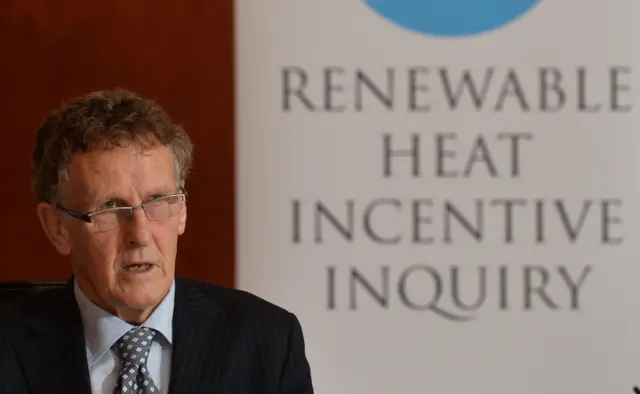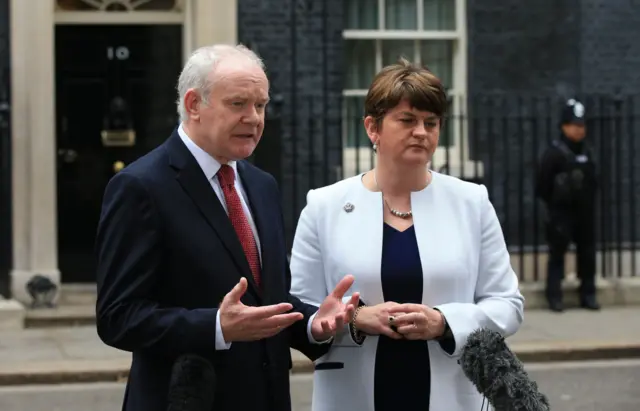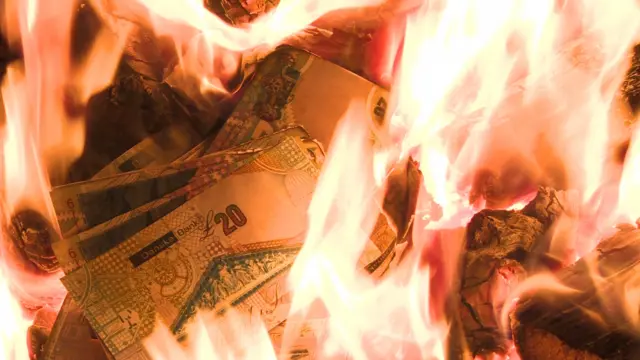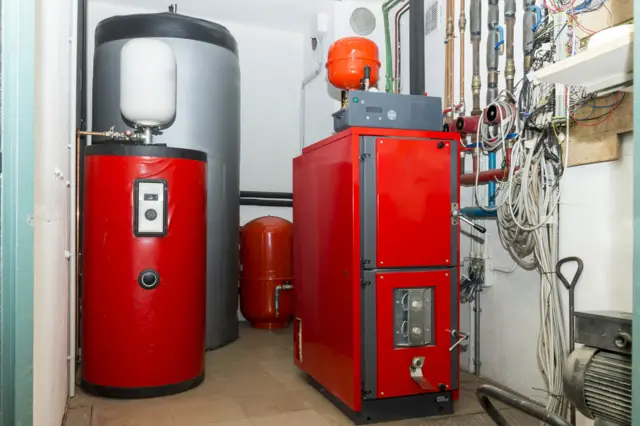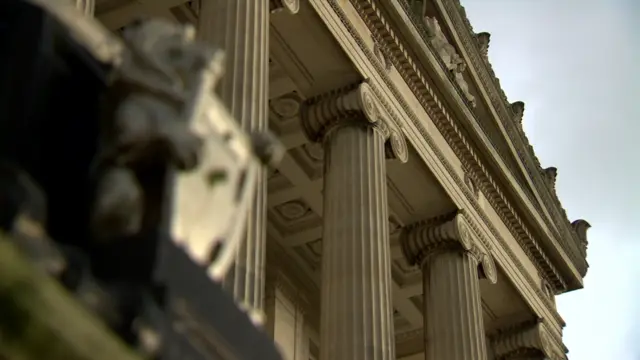Witness Seamus Hughes returns to give evidencepublished at 09:58 BST 8 May 2018
On the day of Seamus Hughes's previous appearance at the RHI Inquiry - 1 March - snow was falling at Stormont.
The inquiry heard then that there was no effective monitoring of the RHI scheme as it began to hit serious problems.
 Image source, RHI Inquiry
Image source, RHI InquiryMr Hughes, a civil servant at Stormont's Department of Enterprise, Trade and Investment (DETI), looked after the day-to-day running of the scheme in 2014 but "didn't really understand" what was going on.
And he said he had not been told to monitor key things like technology types and boiler sizes and their running times.
You can glance through the full summary of Mr Hughes' previous appearance here and his written statement to the inquiry is available here, external.

